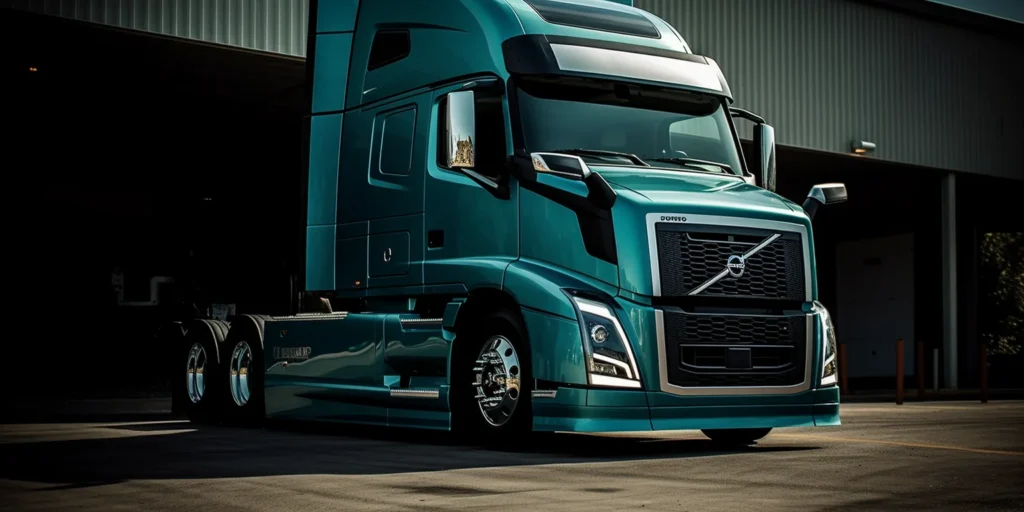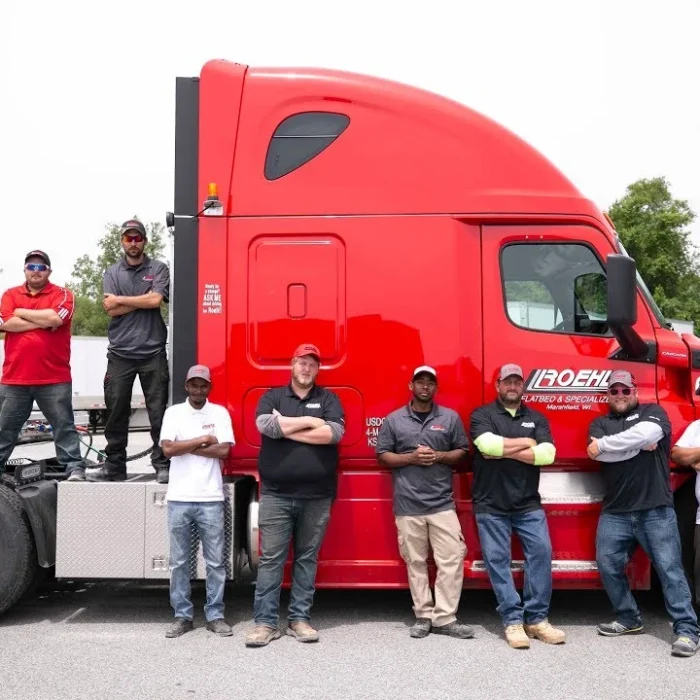Semi Truck Prices
If you’re considering buying a semi truck, understanding semi truck prices is crucial. Whether you’re an experienced truck driver or new to the trucking industry, figuring out the cost of semi trucks can be quite challenging. In this article, we’ll cover everything you need to know about semi truck prices, including new and used trucks, financing options, and maintenance costs.

Truck Models and Prices
| Truck Model | Approximate Price Range |
|---|---|
| Freightliner Cascadia | $120,000 - $160,000 |
| Freightliner M2 106 | $70,000 - $100,000 |
| Kenworth T680 | $130,000 - $160,000 |
| Kenworth T880 | $150,000 - $180,000 |
| Peterbilt 579 | $140,000 - $170,000 |
| Peterbilt 389 | $150,000 - $180,000 |
| Volvo VNL 860 | $140,000 - $180,000 |
| Volvo VNR | $120,000 - $150,000 |
| Mack Anthem | $130,000 - $170,000 |
| Mack Pinnacle | $120,000 - $150,000 |
| International LT | $125,000 - $155,000 |
| International RH | $110,000 - $145,000 |
| Western Star 5700XE | $135,000 - $165,000 |
| Western Star 4900 | $120,000 - $160,000 |
| Freightliner Coronado | $140,000 - $170,000 |
| Kenworth W990 | $145,000 - $180,000 |
| Peterbilt 567 | $135,000 - $165,000 |
| Volvo VHD | $110,000 - $140,000 |
| Mack Granite | $115,000 - $145,000 |
| International HX | $130,000 - $160,000 |
| Western Star 6900 | $145,000 - $185,000 |
| Freightliner 122SD | $140,000 - $180,000 |
| Kenworth C500 | $150,000 - $190,000 |
| Peterbilt 520 | $140,000 - $170,000 |
| Volvo VAH | $115,000 - $145,000 |
| Mack TerraPro | $110,000 - $150,000 |
| International MV | $80,000 - $120,000 |
| International CV | $60,000 - $90,000 |
| Western Star 4700 | $100,000 - $130,000 |
| Freightliner EconicSD | $150,000 - $180,000 |
| Kenworth T370 | $90,000 - $120,000 |
| Peterbilt 337 | $85,000 - $110,000 |
| Volvo VNX | $150,000 - $180,000 |
| Mack LR | $140,000 - $170,000 |














